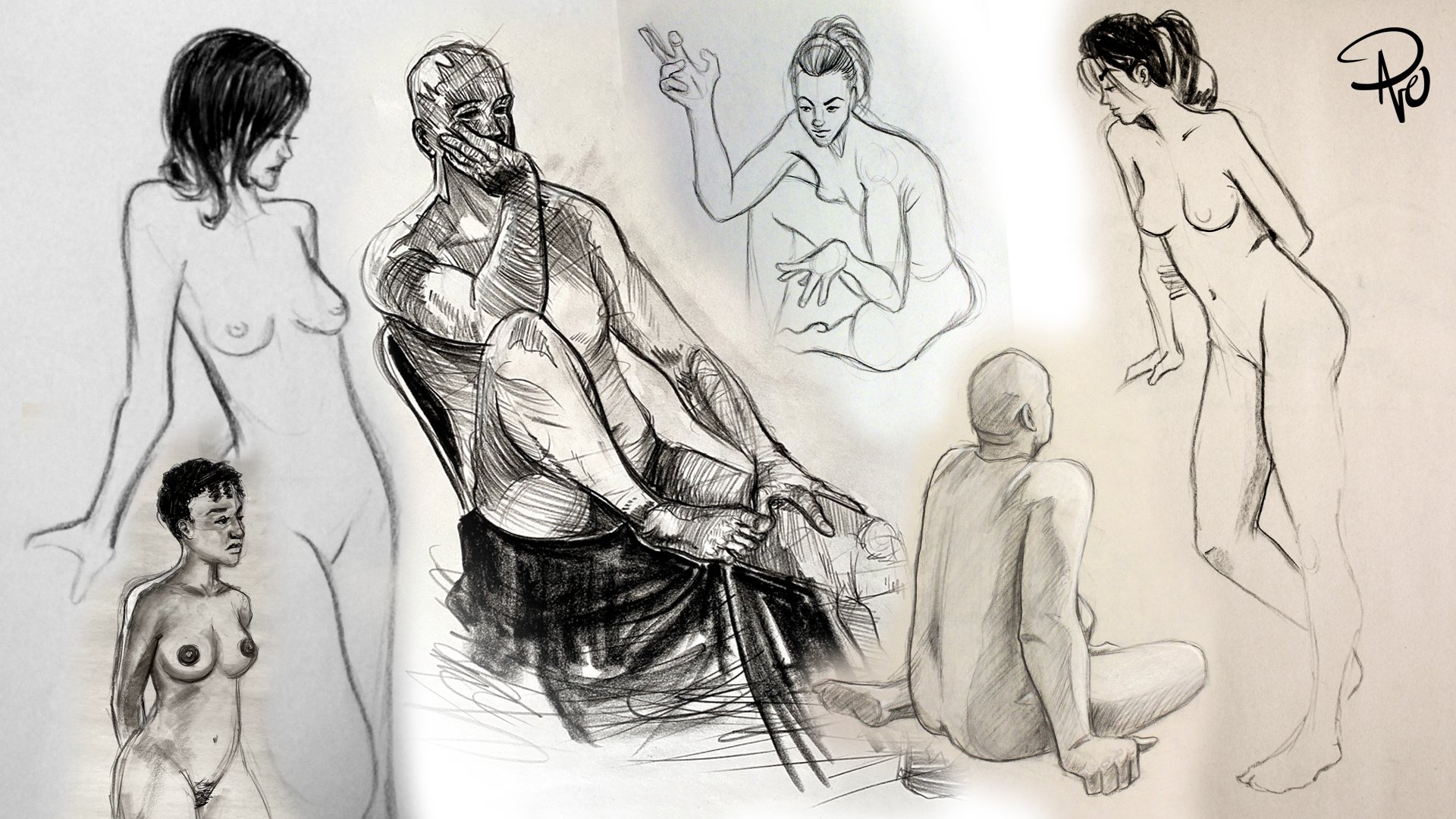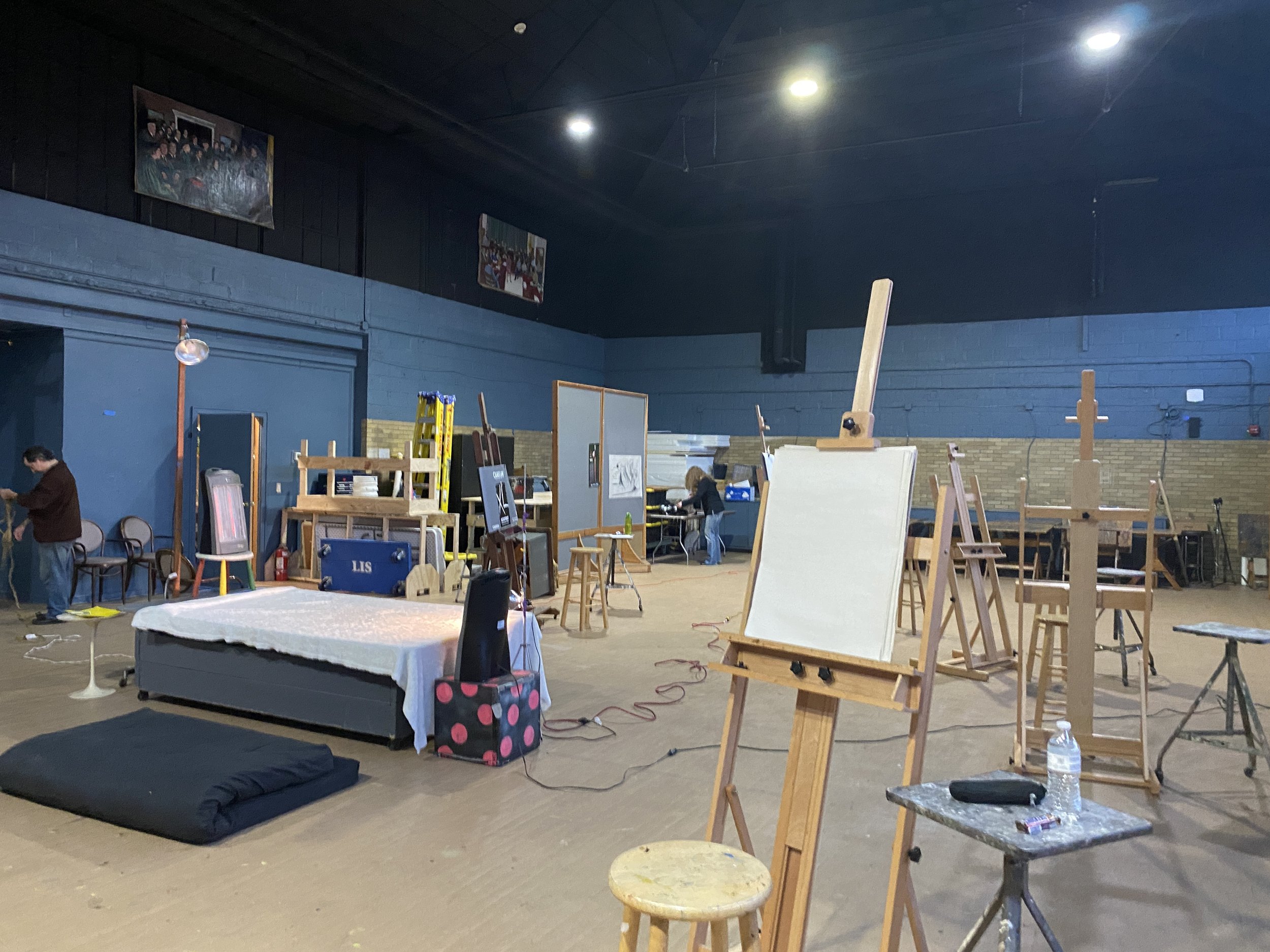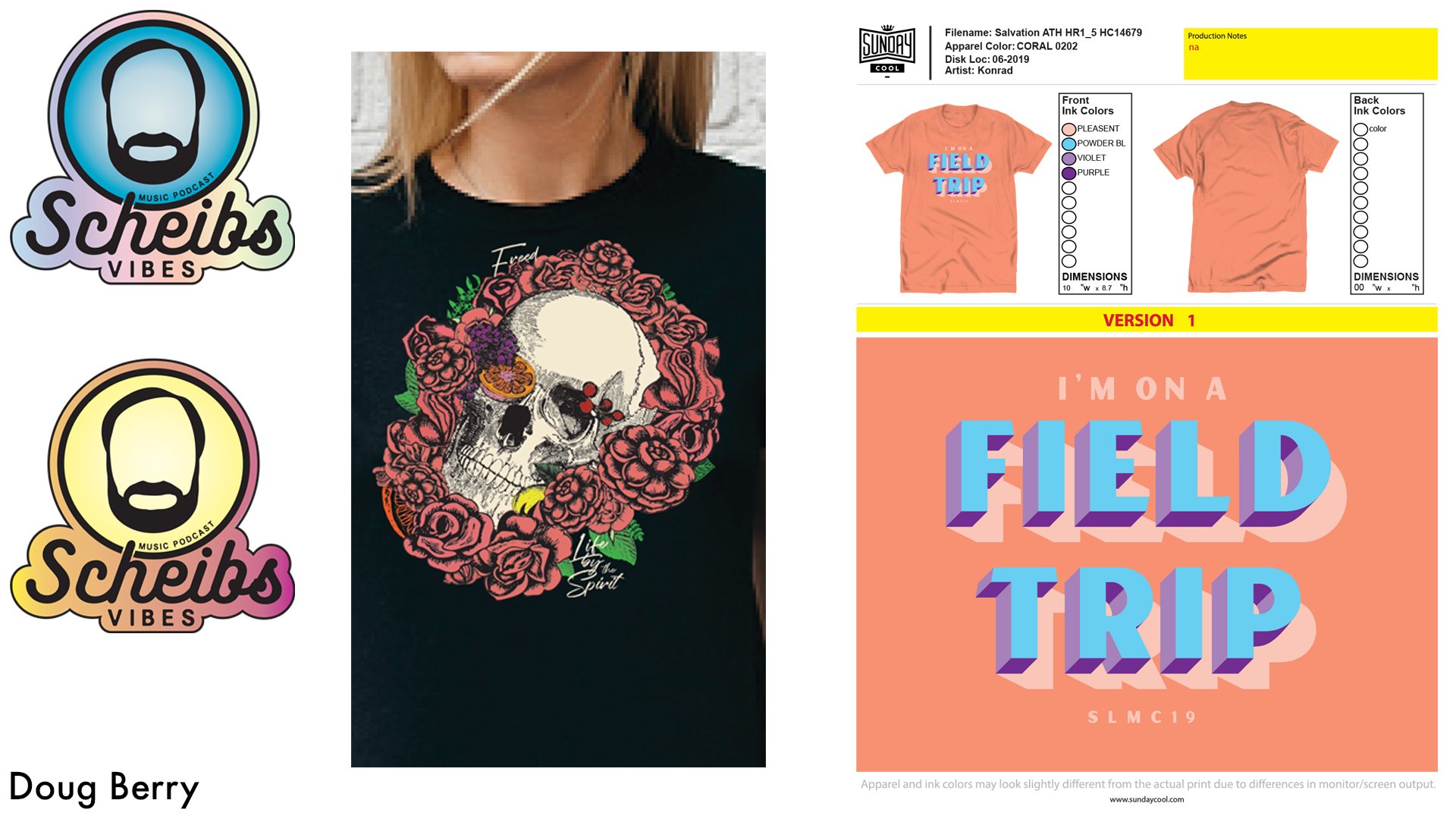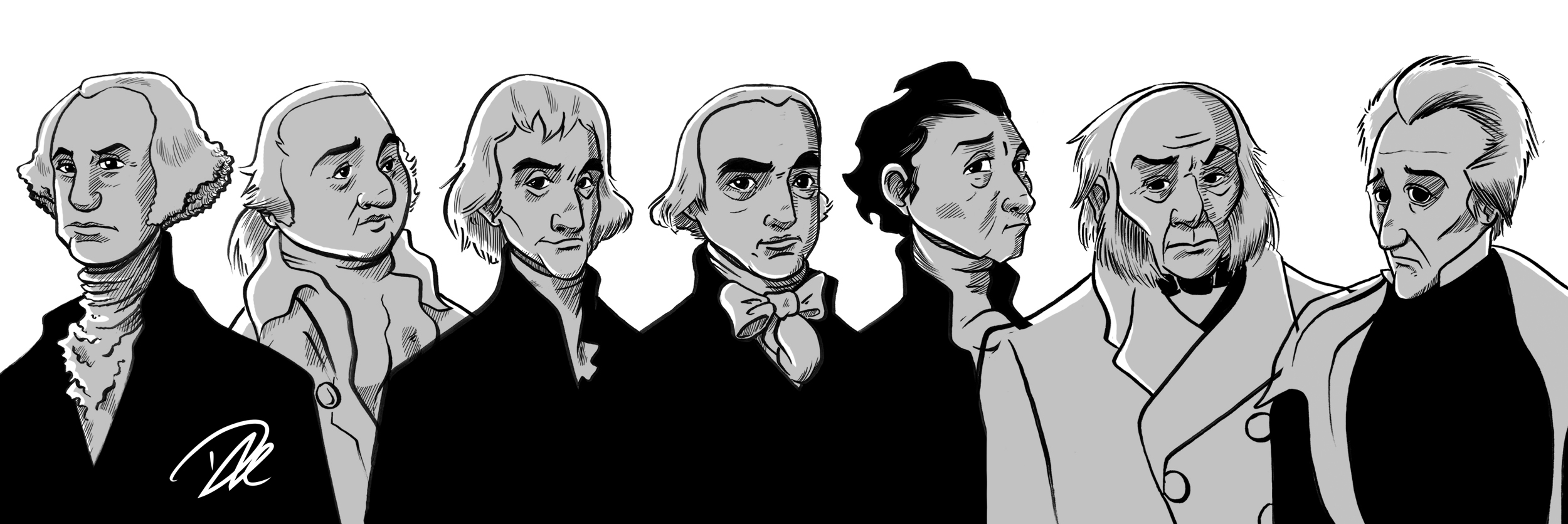I am super excited about today and next week’s post because it is all about progress and rediscovery! If you’re truly passionate about anything, you’ll notice growth in your endeavors. Experience and patience develops all skills, hence the old axiom, “Practice makes perfect” or more to the point in today’s post, “Practice makes progress.” I can very clearly remember many specific moments all throughout my life where I would draw something that made me feel like I just leveled up. I don’t just mean I drew something a certain way and was proud; I remember where I was, what I was drawing, and very clearly understanding I had just crossed a new threshold. It’s always exciting but more than anything, it’s rewarding.
Now every time I’ve experienced leveling up (can you tell I’m also a gamer?!)—particularly when I was younger—I believed I had just hit the apex of my ability. In my mind, I had reached my full potential and I was elated. As time passed, I began to understand I was comprehending things I hadn’t fully previously and in looking back, those breakthrough drawings I felt were the best of the best I had ever done and would ever do, in reality kind of sucked… like a lot. What’s also become a revelation is how those specific illustrations—however good or bad they actually were or still are—only now mark any level progression to me. Those moments are very important because they push you to do better, even when you believe that’s your best. They don’t end an era of creating a certain way, they mark the start of learning new techniques and styles. And the absolute best part? They don’t stop when you’re young! You keep leveling up well into adulthood! There are few things in this world that can bring that kind of joy as you age, but furthering your talents is totally one of them! I’ve said it before and I’ll say it again, an old dog really can learn new tricks!
Now reevaluating those pinnacle moments is nothing new; redrawing old artworks can be seen all over social media and other artistic platforms, so I’m not doing anything groundbreaking here. However, today I’d like to look at a few instances where I hit some personal milestones only to go back and figure out what made them so special. This is part one of my Redraw Challenge!
Okay… let’s make this super awkward and embarrassing. As a cisgender male, I have been intrigued with drawing the female form since I was a child. One of my earliest leveling up experiences was drawing ladies as inspired by comics artist Mark Badger, specifically his work on Marvel Comics Excalibur. Even more specifically the mutant Meggan Puceanu. I got really into comics starting with Excalibur Volume 1, #37 and would redraw the panels from it. I stuck tight with Excalibur and gravitated towards Alan Davis’ work on it as well. My versions were much cartoon–ier but they helped me understand some basic structure and lead to an aforementioned level up. Side note: I am actively hoping for an Excalibur movie or Disney + series in the MCU. Come on Mr. Feige! Make it happen!
Excalibur #37: the first comic book I ever bought, Meggan (and other art) by Alan Davis. Meggan & Kurt Wagner (AKA Nightcrawler from the X–Men) had a very flirtatious relationship and I wanted them together more than her main squeeze Brian Braddock (AKA Captain Britain)
One of my biggest moments came when I started taking figure drawing (or life drawing) classes. Even at my first class, I began to understand what I needed to do, and a few months later it all clicked. I had one of the best sessions ever and I noted it was a level up experience and I was thrilled, even though I popped a tire on the drive home from the studio, I was still on cloud nine.
A flat tire right after one of the best classes I ever had. February 19, 2014
Before all that though, in 2006, I was hired to illustrate my first book. Man, what a thrill to be able to say you’re a published illustrator! I had just settled in on a technique to marry my traditional line art drawings with digital coloring and effects that eliminated most residual imperfections/digital debris after scanning. I was ready and I was excited. I worked very close with the author and editors and even the printer to make sure everything I did was exactly how we all envisioned it. I was very proud when it came out, but it didn’t take long at all before I leveled up further, and soon my pride of being associated with an ISBN number felt embarrassing.
Just a couple years later and my techniques had changed again. The figure drawing classes pushed my abilities further along, so my book now felt dated and subpar at best. Eight years and even more classes later, I decided to at least take a second shot at the cover. The cover was something I wasn’t happy with originally anyway, so it felt like a good exercise. Applying what I had learned as well as using new tools like Daz 3D to create a virtual model for reference, I upgraded my original art. Although only a brief yet serendipitous moment, at that time the author had been contemplating a second printing of the book, and my art director excitedly showed him my new and unsolicited art which he liked. The new cover never got the full green light and the book stayed out of print. I would imagine the idea to re–do all the interior illustrations came up as well and possibly added to the decision not to do a separate printing. Regardless, here we are another 8 years later and I’m still not only proud of my redrawn cover, but content with it as well.
A 3D poser model was my reference for the new pose
The original 2006 cover and my 2014 redesign
Not all redrawing is a calculated exercise. Many artists will sketch a rough draft with the intentions of completely redrawing it some other time. The sketch merely acts as a note or reminder to draw it properly later. Anyway, I had seen a picture of an Instagram model posing and taking a mirror selfie and really liked the pose. I did a quick sketch and saved the photo for reference so I could do a better render some other day which I totally did and—as I already mentioned the process—the second illustration came out much better. What I didn’t do however was finalize the drawing immediately after I did the second sketch. I left it alone for awhile and then picked it up again several weeks later. The problem was I used the original sketch! Even as I was inking and coloring, I was wondering why I thought this illustration was worth completing. It wasn’t until I finished it that I found my second attempt. I basically redrew this twice and for no good reason.
The original photo that inspired plus the first quick sketch, and the better second sketch, 2020
Finals up close. Even the phone is done better!
None of these particular creative forays were the inspiration for this post though. The real deal and nightmare that made me want to write and try this exercise will post next week and man was it a journey! Follow me on Instagram and Twitter and please, please, please tune in next week for a real redraw challenge in part 2!






























































